EVERY WOUND IS PERSONAL
Successful wound treatment starts with YOU and we have created the technology that draws on your body’s capacity to heal. 3C Patch® is a highly effective wound management solution recommended by the International Working Group on Diabetic Foot (IWGDF) Guidelines.
Every 3C Patch is unique and 100% natural because it is made from your own blood sample – nothing else.
See if 3C Patch is available at a Wound Center near you!

EVERY WOUND IS PERSONAL
Successful wound treatment starts with YOU and we have created the technology that draws on your body’s capacity to heal. 3C Patch® is a highly effective wound management solution recommended by the International Working Group on Diabetic Foot (IWGDF) Guidelines.
Every 3C Patch is unique and 100% natural because it is made from your own blood sample – nothing else.
See if 3C Patch is available at a Wound Center near you!

%
(calculated using a linear regression model, as predefined in the protocol, to account for the wound size distribution between the control and treatment arms (OR 1.89, CI 1.07 – 3.40, p=0.0237)1
3C Patch® is proven to substantially increase the chances of complete wound closure. The results of a large international randomized controlled study showed that 58% more patients healed when treated with 3C Patch, compared to best standard of care, and the time for healing was significantly shorter. Furthermore, when accounting for wound size and duration, the analysis of the results showed that with 3C Patch, the wounds have an 89% increased chance of healing.
What will you experience with the 3C Patch?
The 3C Patch is made entirely from 18 ml of your own blood – nothing else. Your blood sample is placed in an automated centrifuge, and a three-layer patch is generated.
Each 3C Patch takes approximately 15-20 minutes to produce. If you are taking blood-thinning medication, the processing time may be longer. The 3C Patch is applied directly to your cleansed wound, where it remains until your next treatment, usually the following week. If your wound is larger than 5 cm2, you may require more than one patch.
The steps below describe a general procedure session with 3C Patch.
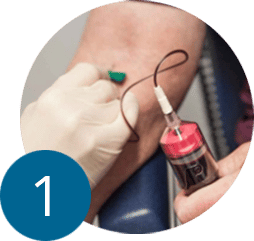
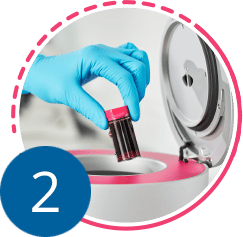


How to prepare for your blood draw?


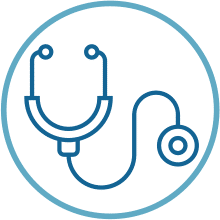
How does 3C Patch work?
If your dressings are changed between clinic visits, please ask the person who does your dressing changes to leave your 3C Patch and primary dressing in place. The primary dressing must be changed by your clinician. Other dressings, often referred to as ‘secondary’ dressings, may be changed as often as needed. Please follow the instructions of your clinician in regard to changing the dressings on your wound.
Lab research has shown that the growth factors contained in the 3C Patch are continuously released for a period of up to 7 days.
The clinical studies have shown that 3C Patch is safe to use and has a significant effect on chronic diabetic wounds compared to best standard of care alone.
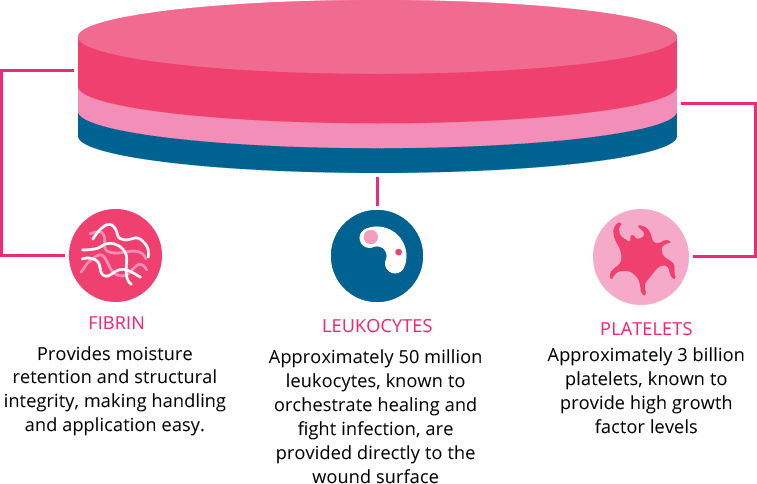
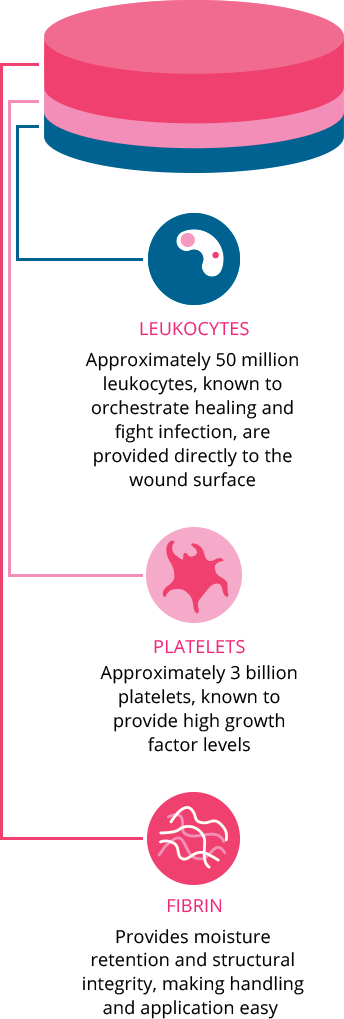
What do patients say about 3C Patch?
How many 3C Patch applications do you need?
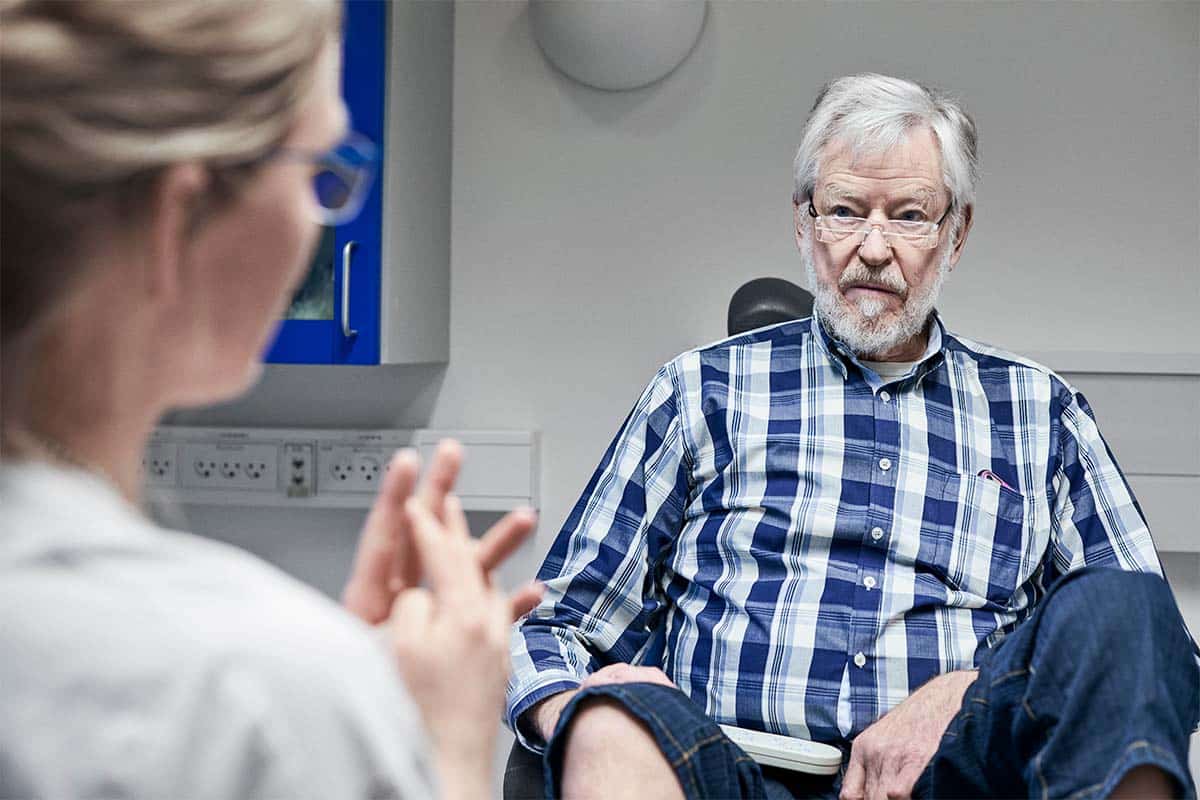
Cost
3C Patch is nationally covered by Medicare.
Effective April 13, 2021, Medicare covers the 3C Patch for the treatment of chronic non-healing diabetic wounds for 20 weeks.
See Medicare Claims Processing Manual, CMS Pub. 100-04: Transmittal 11171, dated, January 12, 2022, National Coverage Determination (NCD) 270.3 Blood-Derived Products for Chronic, Non-Healing Wounds, available at https://www.cms.gov/files/document/r11171ncd.pdf and CMS Transmittal 11460, June 17, 2022, https://www.cms.gov/files/document/r11460otn.pdf.

How can you contribute to the success of your 3C Patch wound management?
- keeping pressure off the foot either by using crutches or a wheelchair or by wearing a cast or a walking boot
- monitor and control your blood sugar
- take your medication as prescribed
Any open wound is at risk of infection. During the course of treatment, it’s important to be aware of any changes to the wound, which may include:
- redness
- swelling
- heat
- pain
IF YOU EXPERIENCE ANY OF THESE SYMPTOMS, PLEASE CONTACT YOUR HEALTHCARE PROVIDER AS SOON AS POSSIBLE.
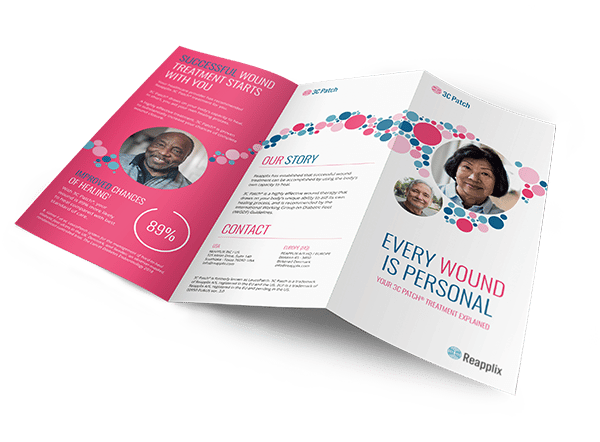
References
1. Game F., Jeffcoate W., Tarnow L., Jacobsen JL., Whitham DJ., Harrison EF., Ellender SJ., Fitzsimmons D., Löndahl M., LeucoPatch system for the management of hard-to-heal diabetic foot ulcers in the UK, Denmark, and Sweden: an observer-masked randomized controlled trial. Lancet Diabetes Endocrinol. 2018;6(11):870-878.
